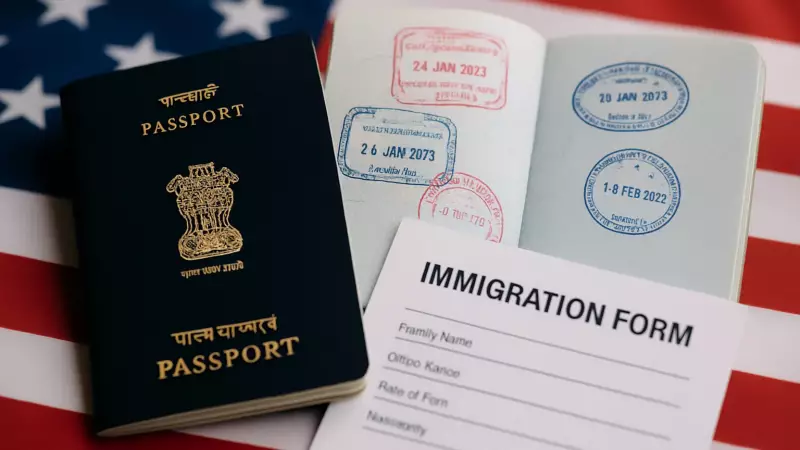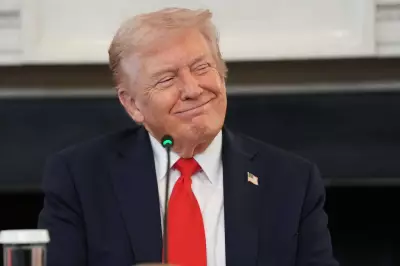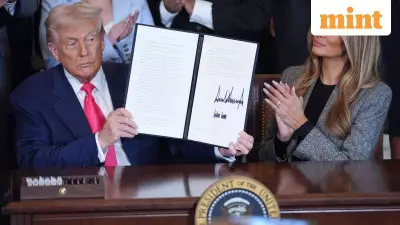
In a significant development that could reshape the landscape of skilled immigration to the United States, Congresswoman Marjorie Taylor Greene has introduced legislation that would fundamentally transform and eventually eliminate the H-1B visa program. This proposed bill comes as part of a broader Trump administration crackdown on foreign students and workers in America.
What Does the H-1B Elimination Bill Propose?
The legislation introduced by the Georgia representative aims to completely phase out the H-1B visa program, which has been instrumental in bringing hundreds of thousands of skilled foreign workers to the United States since its inception in 1990. Greene justifies this radical move by claiming the program has been riddled with fraud and abuse and has displaced American workers for decades.
However, the bill does include one narrow exception: it would allow up to 10,000 visas annually exclusively for doctors and nurses providing life-saving care to Americans. Even this medical exemption isn't permanent - it would be phased out over a 10-year period to allow time for developing what Greene describes as our own pipeline of American doctors and physicians.
End of Pathway to US Citizenship
One of the most significant changes proposed by the bill involves severing the connection between temporary work visas and permanent residency. Currently, H-1B workers can apply for permanent residency through their employers and eventually pursue US citizenship. Greene's legislation would eliminate this pathway entirely, forcing visa holders to return to their home countries when their visas expire.
This represents a return to the original concept of temporary work visas, where foreign workers would come to America, provide specialized skills for a limited period, and then depart. Greene argues that these visas were always intended to address specialty occupational needs at specific times, not to provide a permanent immigration pathway.
Medical Training Controversy and Existing Administration Actions
Perhaps the most controversial provision in the bill targets medical education directly. The legislation would prohibit Medicare-funded residency programs from admitting non-citizen medical students. Greene points to concerning statistics to support this move: last year alone, over 9,000 American medical school graduates couldn't secure residency placements, while in 2023, more than 5,000 foreign-born doctors received residency spots.
While Greene's bill works its way through Congress, the Trump administration has already taken dramatic action. In September 2025, President Trump signed a proclamation imposing a staggering $100,000 application fee for new H-1B visa petitions filed after September 21, 2025. This represents a massive increase from the typical fees of $2,000 to $5,000.
The administration has also proposed changing the H-1B lottery selection process to favor higher-skilled and better-paid workers by creating wage tiers. Under this new system, workers in the highest wage category would be entered into the selection pool four times compared to just once for the lowest category.
Impact on Indian Professionals and What Comes Next
The implications of these changes are particularly significant for Indian citizens, who constitute over 70% of H-1B visa holders. India's Ministry of External Affairs has already expressed concern, warning that the Trump administration's measures will have humanitarian consequences through family disruptions.
The $100,000 fee created immediate chaos when announced, with families being separated as H-1B visa holders scrambled to reach the United States before the fee implementation. Many workers canceled plans to visit their home countries, fearing that even a brief vacation could lock them out of America permanently.
Major US tech companies and financial institutions would be heavily impacted by these changes. Amazon sponsored over 10,000 H-1B workers in fiscal year 2025, followed by Microsoft, Meta, Apple, Google, JPMorgan Chase, and Walmart.
Greene's bill faces an uncertain future in Congress, needing to navigate committee hearings, floor votes, and potential presidential consideration. Meanwhile, legal challenges are already mounting against the administration's fee order, with a coalition of labor unions, healthcare providers, educational institutes, and religious organizations questioning its constitutionality.
The fundamental difference between the Trump administration's approach and Greene's bill lies in their ultimate goals. While the administration seeks to reshape the H-1B program through financial barriers and preference for high-wage workers, Greene's legislation aims for complete elimination, reflecting an America First philosophy that views the program as inherently flawed rather than merely in need of correction.





